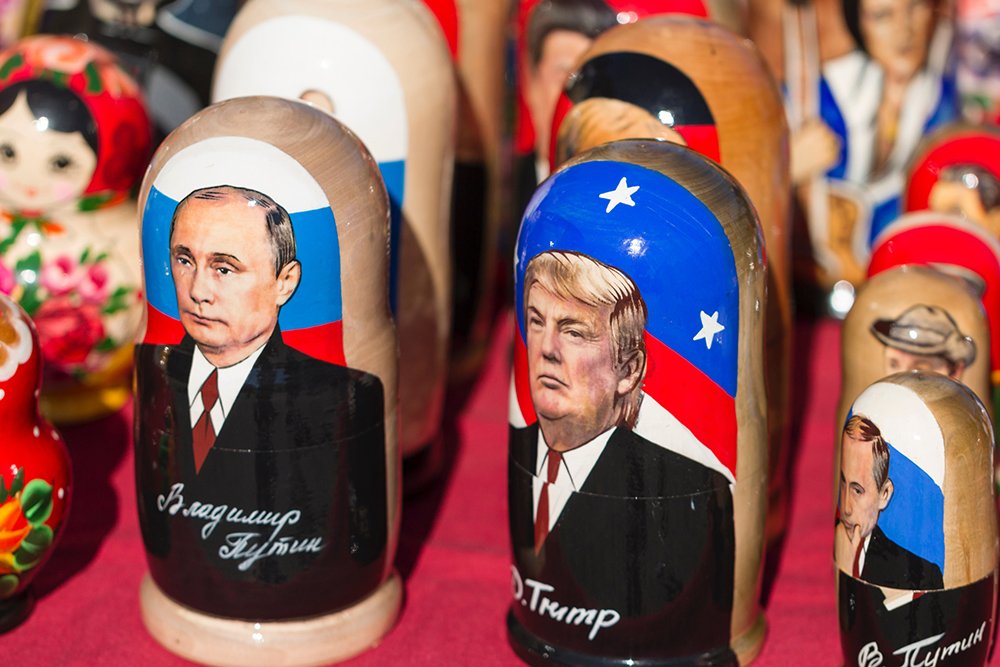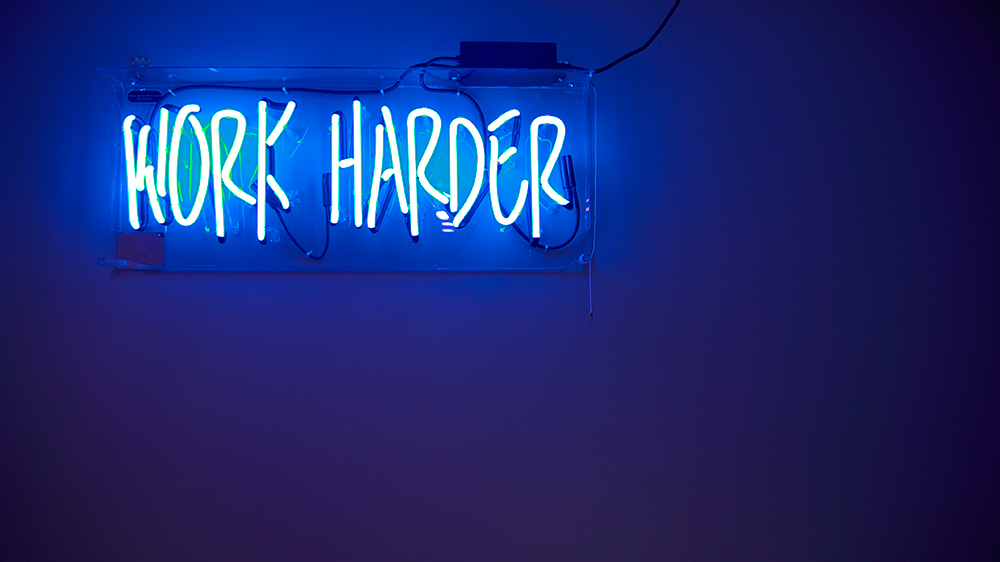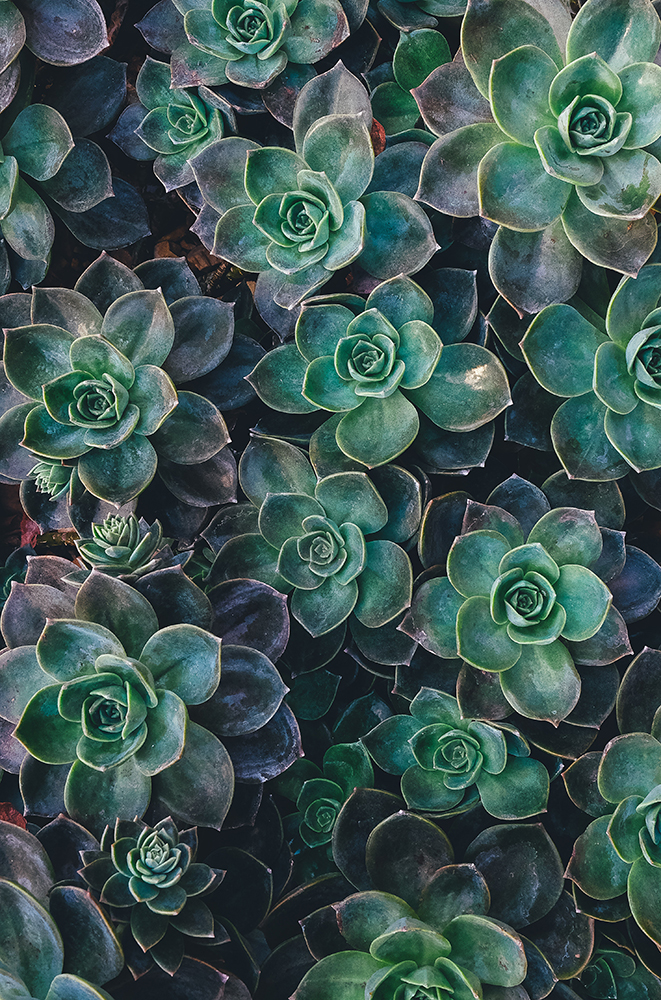
Scientists and astronauts may be making some space-breaking discoveries in the International Space Station (ISS), but it is also a thriving environment for several bacteria. However, not all bacteria are bad and with this information, researchers from the National Aeronautics and Space Administration (NASA) conducted a study to analyze how the presence of bacteria in space works and what are the possibilities of it turning dangerous.
A study conducted by NASA in 2015 found that samples from an air filter and a vacuum dust bag from the space station had opportunistic bacterial pathogens that are mostly safe on Earth but can lead to infections that result in inflammations or skin irritations. In general, researchers found that the human skin-associated bacteria Corynebacterium and Propionibacterium (Actinobacteria) but not Staphylococcus were more abundant on the station than in Earth-based clean rooms.
The research was necessary to understand the nature of the communities of microbes, the microbiome, in the space station to manage astronaut health and maintenance of equipment. To prevent any outbreak of deadly infection, however, astronauts reduce the possibility through periods of quarantine prior to their mission.
The study published in Microbiome Journal in 2015 was led by Jet Propulsion Laboratory, Biotechnology and Planetary Protection Group from the California Institute of Technology, Kasthuri Venkateswaran, Aleksandra Checinska, the study’s first author, Parag Vaishampayan and Alexander J. Probst of the University of California, Berkeley, Duane L. Pierson of NASA’s Johnson Space Center, Houston, James R. White of Resphera Biosciences, Baltimore, Deepika Kumar, Victor G. Stepanov, and George E. Fox of the University of Houston, Texas; Henrik R. Nilsson of the University of Gothenburg, Sweden, and Jay Perry of NASA’s Marshall Space Flight Center, Huntsville, Alabama.
Even though cleanliness is highly taken care of in space comparison between ISS and an ultra-clean laboratory on earth showed that Actinobacteria made up a larger proportion of the microbial community in the space station than in the cleanrooms of earth. The researchers concluded that it is due to the more stringent cleaning regimens possible on Earth.

 Subscribe to The Daily Telegraph to get unrestricted digital access, home paper delivery, Apps for iPad and Android, member only +Rewards and much more…
Subscribe to The Daily Telegraph to get unrestricted digital access, home paper delivery, Apps for iPad and Android, member only +Rewards and much more…  Do you compost or buy second hand?
Do you compost or buy second hand?  The Newsreader review: Exhilirating Australian prestige drama
The Newsreader review: Exhilirating Australian prestige drama  Local shares fell on Friday as investors make last-minute adjustments to their portfolios ahead of the main index’s rebalancing, while unease over rising infections grows.
Local shares fell on Friday as investors make last-minute adjustments to their portfolios ahead of the main index’s rebalancing, while unease over rising infections grows. 


